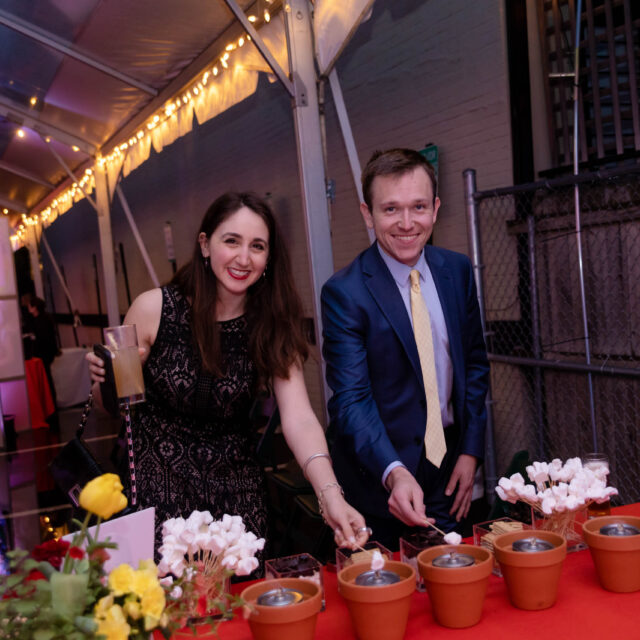Diversity, Equity, and Inclusion
The EDCJCC holds a commitment to diversity, equity, inclusion, and repairing the cracks we see in ourselves and our society as a core value. As an organization that strives to build community, it is crucial that everyone entering through our doors feels safe, respected, and honored.
Please read on for our policy on discrimination, harassment, and racism for members of the public; our land acknowledgement; and more ways the EDCJCC is pursuing equity.
Diversity, Equity, & Inclusion Policies
The EDCJCC’s Anti-Discrimination, Anti-Harassment, and Anti-Racism Policy prohibits intentional and unintentional harassment or discrimination of any individual by another person on the basis of any protected classification including, but not limited to, race, color, ethnicity, national origin, citizenship status, religion, sex, sexual orientation, gender, gender identity or expression, pregnancy status, age, physical or mental disability, marital status, familial status, partnership status, military status, domestic violence victim status, genetic information or characteristics, or any other characteristic protected by law.
All forms of discrimination or harassment, including comments or actions of inappropriate nature based upon any of these protected categories or any category protected by law, whether made by an employee, member, vendor, contractor, donor, or guest will not be tolerated.
Any person who experiences an incident of racist, inappropriate, harassing, or discriminatory comments or behavior whether inside our building or at an EDCJCC event off-site should report the incident to EDCJCC CEO Jen Zwilling. If the complaint or concern is not given timely attention and consideration by the CEO, the President of the EDCJCC’s Board of Directors would be an appropriate additional pathway for communicating incidents that arise. All reports of this nature will be investigated promptly, thoroughly, and in an impartial manner. Confidentiality will be maintained to the extent practical and appropriate under the circumstances as well as applicable law.
We thank you in advance for your cooperation and adherence to our policies.
Our building sits on the traditional homeland of the Nacotchtank (Anacostan), farmers and traders who lived along the banks of the Anacostia River. Beginning in 1608, European settlers decimated the Nacotchtank with disease, warfare, and forced removal. By the 1700s, the survivors fled to join other tribes to the north, south, and west, including the Piscataway Peoples, who continue to steward these lands from generation to generation. We know this acknowledgement is only a small step towards justice, and we ask that all of us learn about the past and present, and invest in the future of our country’s Indigenous communities wherever we are.
As the leading Jewish theater company in the US, Theater J strives to infuse Jewish values in every aspect of what we do. We place special emphasis on the value of tikkun olam: repairing the world. It is through this lens that we acknowledge that white American theater has created and benefited from a foundation of systemic racism and oppression that has harmed generations of BIPOC artists, technicians, and producers. Theater J is committed to being an inclusive, anti-racist, and anti-oppressive institution.
Please visit the Theater J website for a full list of commitments Theater J has made towards becoming an inclusive, anti-racist, and anti-oppressive institution.
Diversity, Equity, and Inclusion (DEI) Staff Committee
A racially diverse committee of staff members meets regularly to plan and operationalize the next steps in the EDCJCC’s journey towards becoming an anti-racist institution.
DEI Staff Committee Members
Tawanda Davis, Preschool Staff
Elijah Jones, JxJ Production Coordinator
Maynetta Lee, Preschool Staff
David Lloyd Olson, Managing Director Theater J
Sonya Weisburd, Director of Social Impact

Support The EDCJCC
The EDCJCC is committed to being here today, tomorrow, and always to serve our dynamic community. Together, we can ensure the EDCJCC continues to thrive.